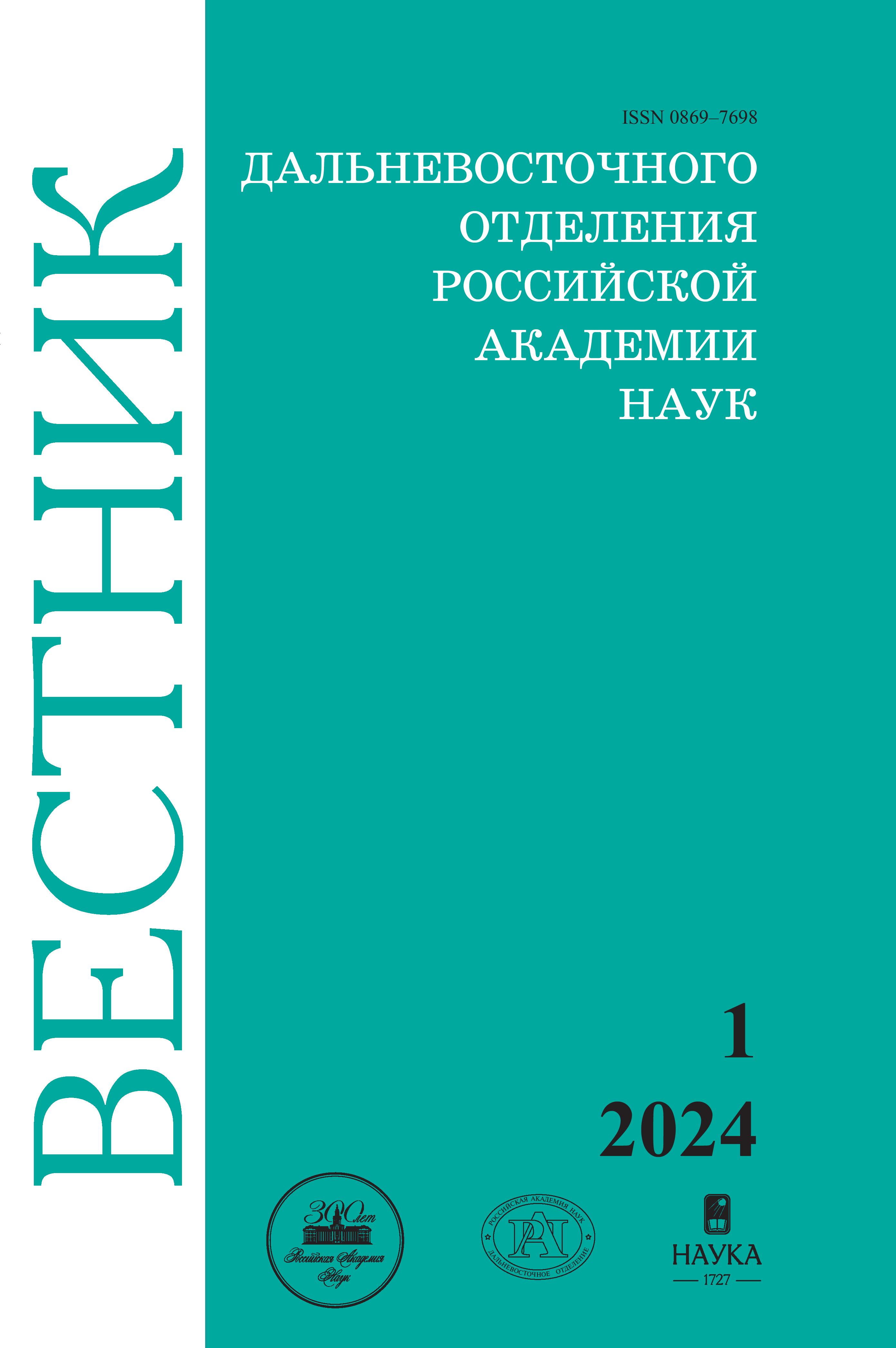CoF2/C/CF/PTFE nanocomposite synthesized in plasma, nanodispersed Co3O4 obtained from it and their magnetic properties
Keywords:
plasma chemistry, PTFE, nanoparticles, CoF2, Co3O4, magnetization, phase transitionsAbstract
The CoF2/C/CF/PTFE nanocomposite was synthesized in the plasma of a pulsed high-voltage discharge. CoF2 nanoparticles are distributed in two size ranges ~20–100 nm and ~3–10 nm. After calcining the composite, the nanodispersed powder was obtained consisting of Co3O4 nanoparticles with the same particle size distribution. SQUID magnetometry was used to study the temperature and field dependences of the magnetization of the samples in the range of 300–2 K. On the graphs of temperature dependences, for both types of samples, at two different temperatures, peak-like changes occur, attributed to the transitions of CoF2 or Co3O4 nanoparticles, with decreasing temperature, in antiferromagnetic state. The transition temperature TN was estimated from the peak maxima. The existence of two transition temperatures is explained by size effects, taking into account the distribution of particle sizes in two different ranges. At temperatures below TN, a shift of the magnetic hysteresis loops to the region of negative fields was found, which is due to the AFM/FM interaction between the core and shell of nanoparticles. For both types of samples, there is a hysteresis in the temperature dependences of FC and ZFC. The manifestation of hysteresis can be explained in the general case by the presence of the metastable state formed in an external magnetic field during the interaction of the magnetic moments of nanoparticles, in this case, arising due to the uncompensated spins on their surface. It is concluded that the effect of particle size on the shift of the transition temperature to the AFM state is more significant in CoF2 nanoparticles than in Co3O4 nanoparticles.


